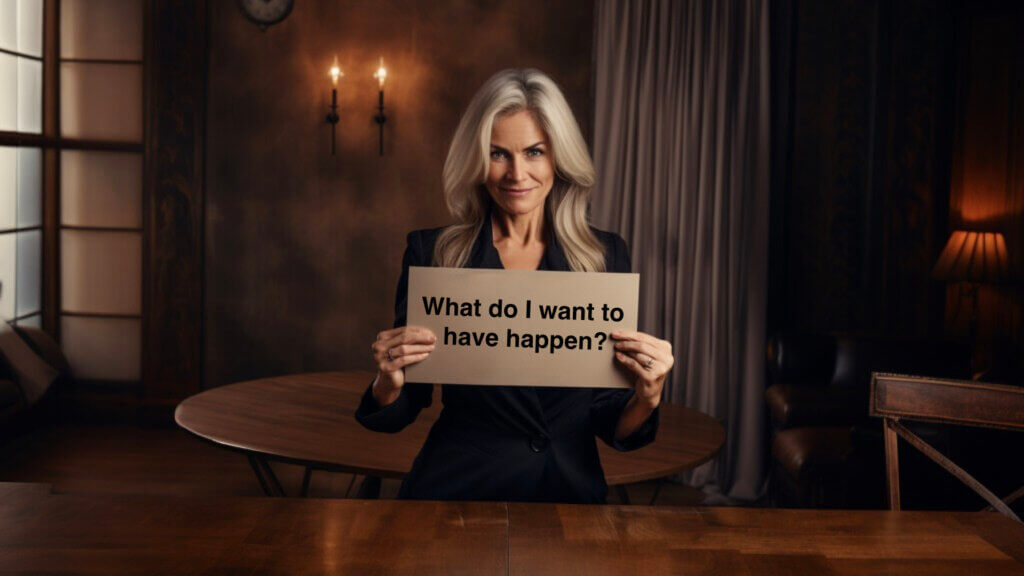
“What do I want to have happen?”
How people respond to the Second Question
The Second Question goes to the heart of the peer conference (aka unconference) process. Answering it gives every person present, in turn, an opportunity to share what they would like the ensuing meeting to be about.
Over the years, I’ve noticed a subtle difference between first-time peer conferences and subsequent gatherings of the same community. At first-time gatherings, it’s more likely that some people (typically ~10%) will respond with an answer that comes down to:
“I’m here because I want to learn from others.”
These people are hesitant to share specific top-of-mind issues or questions they have. Of course, that’s OK because there are no wrong answers to The Three Questions. On the other hand, I suspect that many of those who respond this way do have topics or questions, but for a multitude of reasons don’t share them when it’s their turn.
At subsequent community conferences, my experience is that such a response is less likely. Those who offer it are usually first-time attendees. I think participants are more likely to be specific at repeated events because they have experienced the flowering of discussion and sessions based on what is shared during The Three Questions. They have seen that they have the potential to personally shape the peer conference toward their wants and needs.
The limitations of “I want to learn from others”
Again, there’s nothing wrong with an attendee’s answer: “I want to learn from others.” From a group perspective, however, this response doesn’t enrich the set of ideas, topics, and questions that the ensuing meeting could address. (If everyone answered this way, the group would know no more about its collective wants and needs than before The Three Questions started!)
So, a few years ago I added an extra prompt to my original introduction to The Three Questions.
How I encourage deeper responses to the Second Question
I simply add this refinement:
“Some people say ‘I want to learn’. That’s fine, but try to go deeper if you can. See if you can come up with three specific things you’d love to get out of this conference.“
Depending on the conference, I then sometimes supply an example of ideas, topics, and questions that my client thinks might be top-of-mind. For example, writing this in 2023, I might mention artificial intelligence. Then I’ll add that anything of interest can be shared, at any level of detail. For example:
- They are using artificial intelligence and want to talk to others who are exploring the same approach; or
- They are wondering how AI will affect their profession; or
- They simply want to learn more about AI.
How well does this refinement work?
I know that this simple addition has encouraged some people to share more deeply because I now routinely hear attendees say something like, “The N things I want to learn/understand/have questions about are…”. And I suspect that others have been nudged to be more specific too.
Do I still hear “I want to learn from others”? Yes, I do! But not as often as before. And that’s fine!
